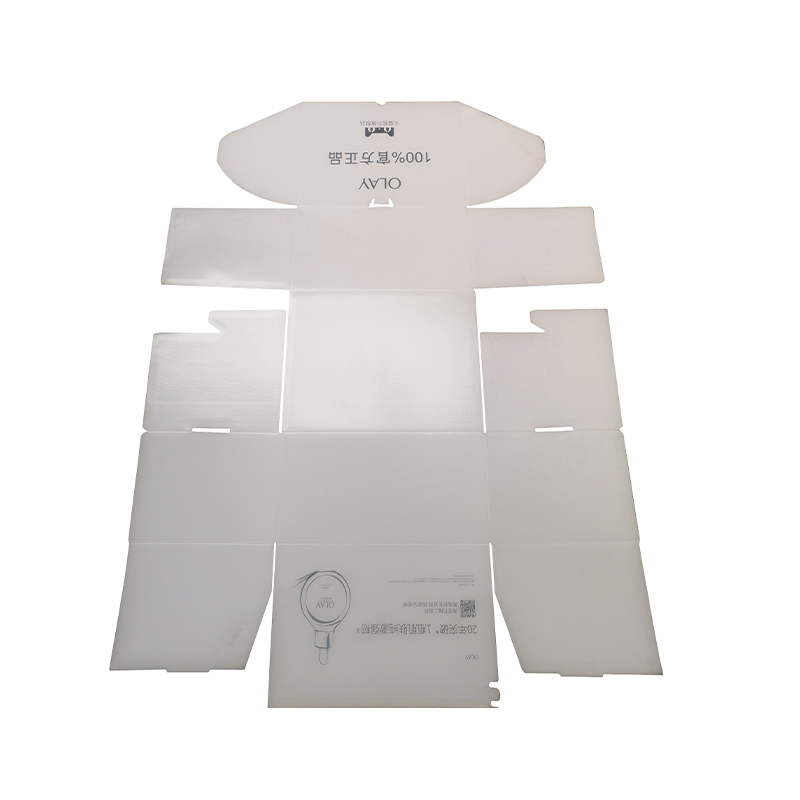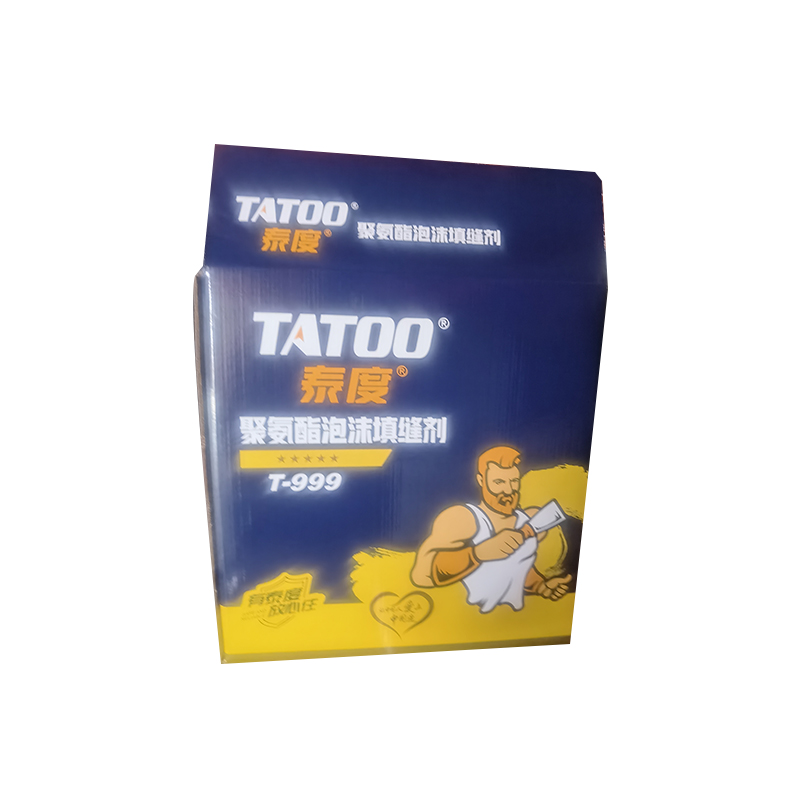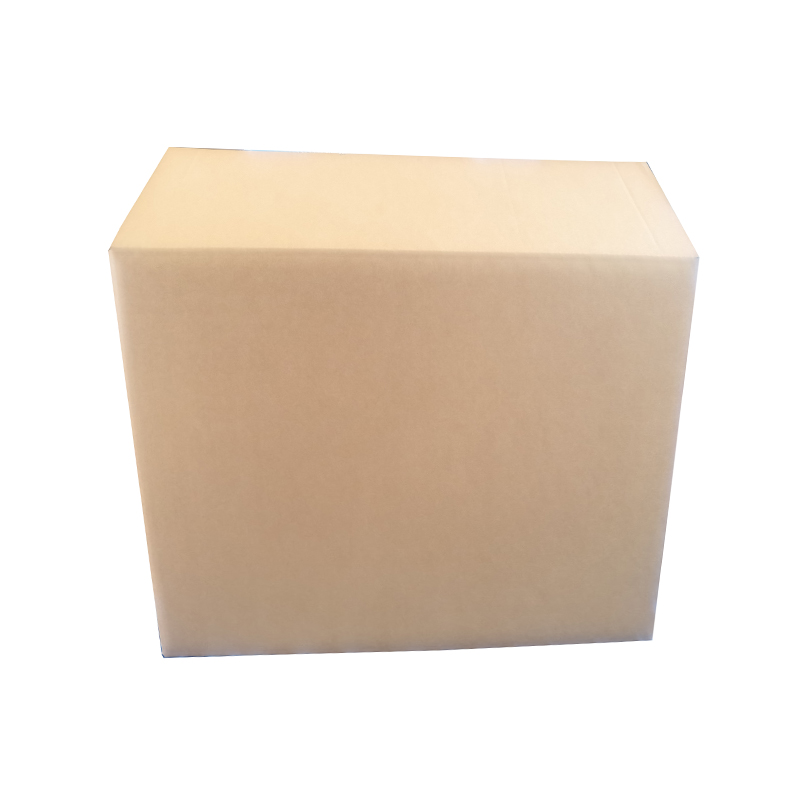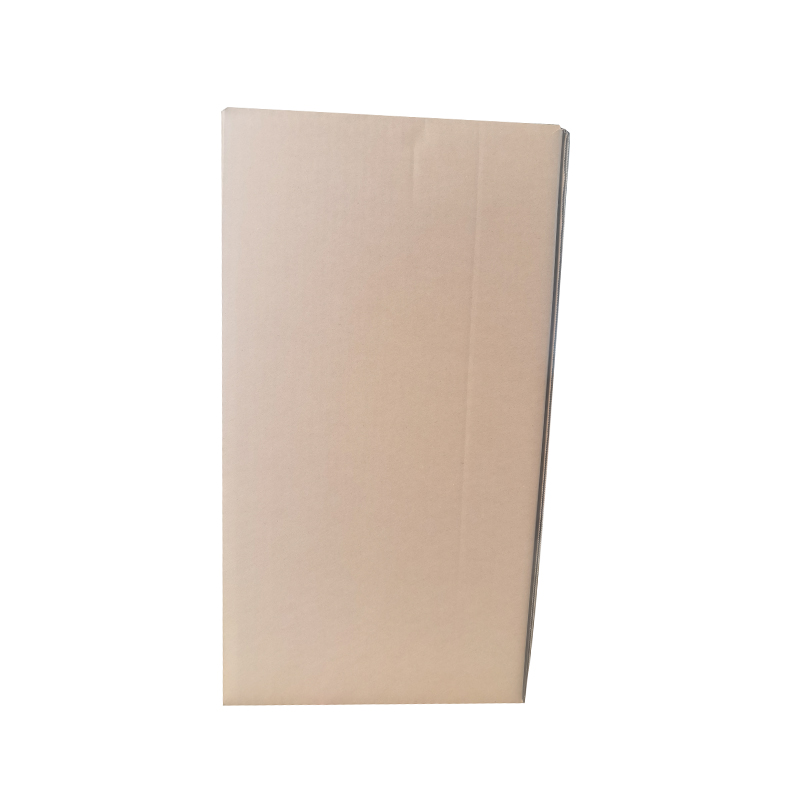What are the control technologies for ink adhesion and drying speed during color box production?
Release Time : 2025-05-08
In color box production, ink adhesion and drying speed are key factors affecting product quality and production efficiency. Good ink adhesion can ensure that the pattern and text are clear and durable, while the appropriate drying speed can avoid ink smearing and shorten the production cycle. Therefore, it is crucial to master effective control technology.
Selecting ink that matches the color box material is the basis for improving adhesion. Different color box materials, such as cardboard and corrugated paper, have different surface properties. For example, for cardboard with a smoother surface, ink with good leveling and wettability should be selected so that the ink can be fully spread on the paper surface, increase the contact area, and improve adhesion. For corrugated paper, which has a rough and porous surface, the ink needs to have strong permeability and filling properties, so that it can penetrate into the pores of the paper, achieve mechanical anchoring, and thus enhance adhesion.
Pretreatment of the color box surface can significantly improve the adhesion of the ink. Common pretreatment methods include grinding, corona treatment, etc. Grinding can make the color box surface rough, increase the surface area, and facilitate the adhesion of the ink. Corona treatment uses high-voltage discharge to generate polar groups on the surface of the color box, increase surface energy, and enhance the chemical bonding between the ink and the surface. For example, when treating plastic color boxes, corona treatment can effectively improve the hydrophilicity of its surface, making it easier for the ink to adhere.
Adding appropriate additives to the ink can also improve adhesion. For example, adhesion promoters can improve the affinity between the ink and the color box surface and enhance the interaction between the two. Tackifiers can increase the viscosity of the ink so that it can better adhere to the color box surface. At the same time, some additives can also adjust the rheological properties of the ink so that it can be better transferred and adhered during the printing process.
Drying conditions have a direct impact on the drying speed of the ink. Temperature, humidity and ventilation are three key factors. Increasing the drying temperature can speed up the volatilization of the solvent in the ink, thereby accelerating drying. However, too high a temperature may cause problems such as ink discoloration and paper deformation, so it is necessary to reasonably control the temperature according to the characteristics of the ink and the color box. Reducing the ambient humidity is conducive to the volatilization of the solvent and can speed up the drying speed. In addition, good ventilation can discharge the volatilized solvent in time, maintain a dry environment, and promote the drying process.
It is also important to choose a suitable drying method according to the type of ink and the production requirements of the color box. Common drying methods include natural drying, hot air drying, and ultraviolet drying. Natural drying is suitable for situations where the drying speed requirement is not high, with low cost, but a long production cycle. Hot air drying accelerates the drying of ink by blowing hot air, and has high efficiency. Ultraviolet drying uses ultraviolet radiation to make the photoinitiator in the ink produce free radicals, initiate polymerization, and achieve rapid drying. It is particularly suitable for some inks that require extremely high drying speeds, such as UV inks.
In the color box production process, the adhesion of the ink can be effectively controlled by selecting suitable inks, pre-treating the color box surface, adding additives, etc., while the drying speed of the ink can be well controlled by adjusting the drying conditions and selecting the appropriate drying method. These control technologies cooperate and influence each other. Only by comprehensive use can the ideal drying speed be achieved while ensuring good ink adhesion, thereby improving the production quality and production efficiency of the color box.







